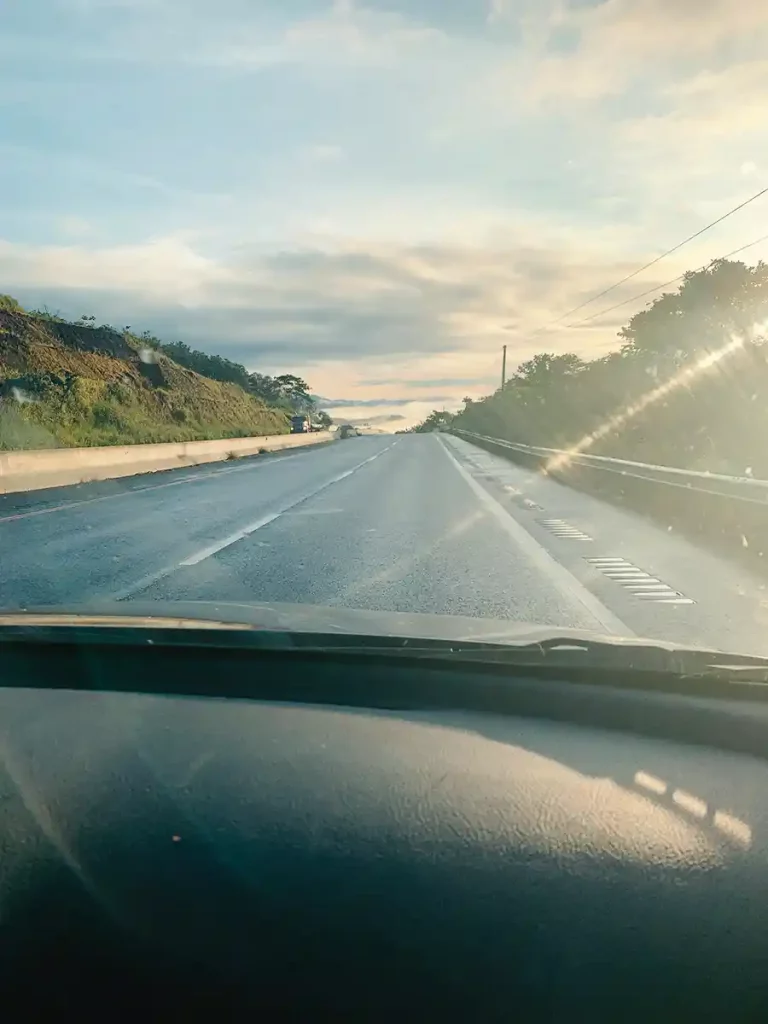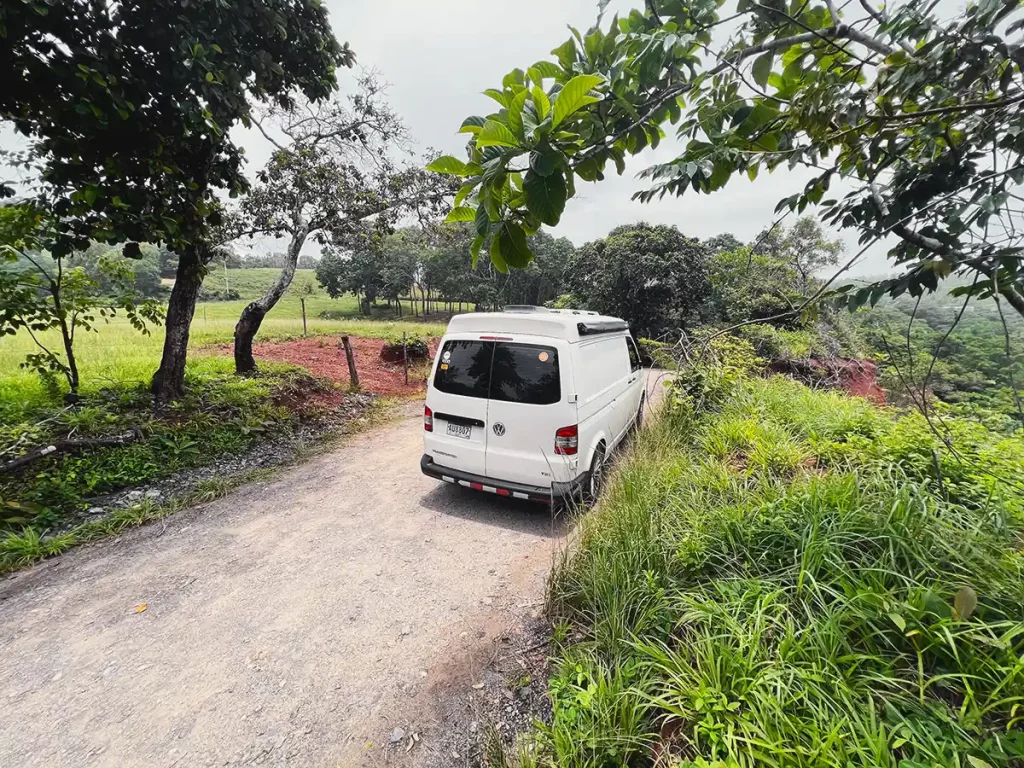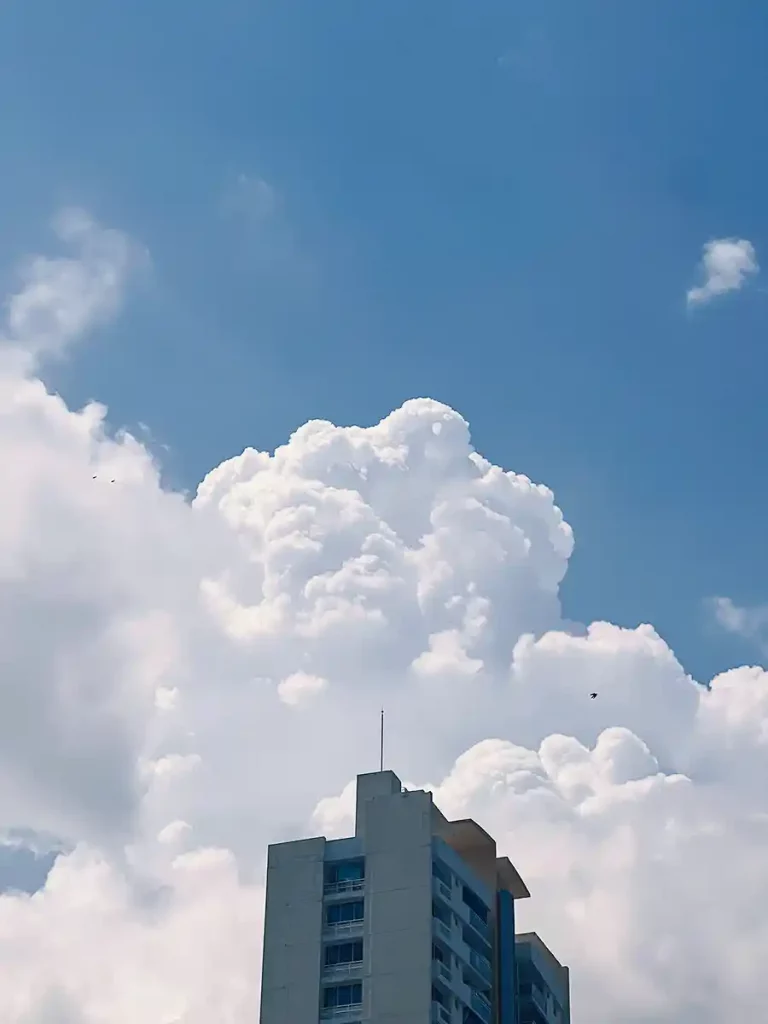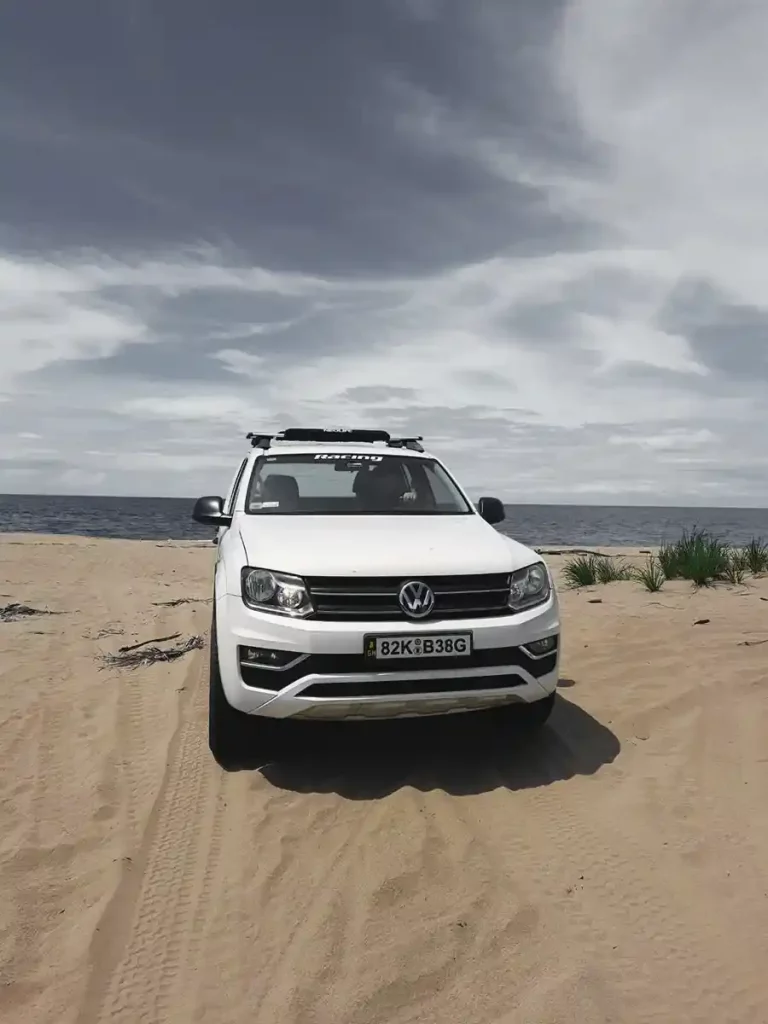Introduction
Before I traveled to Central America for the first time, I imagined there’d only be dirt roads here and that I’d have to fight my way through the jungle with a machete. I was surprised at how well some Central American countries, such as Panama, have developed their road systems.
Here in Panama, the Panamericana from the Costa Rican border to Panama City is in good condition, except for some potholes and uneven surfaces. Some of the roads to the beaches are gravel with puddles and potholes, but the government keeps upgrading them, and in many areas, it’s actually pretty nice to drive.
Many of the questions we receive at Morpho Van are about road conditions. Where is it better not to drive, and when is the best time to beat the traffic jams in the big city and avoid the rush hour?

Best time to drive
If you are heading inland on the Panamericana or want to tackle the next section of the route, be sure to start early! The best time to start new adventures and destinations in Panama is early in the morning.
Panama is close to the equator. Punctually at 6 a.m., the warm sun rises over the horizon and the birdlife awakens. Panamanians are also early risers. During the day it gets very warm and most people start work around 8 am. Rush hour in Panama City starts at 7:30 a.m. and the streets are usually clear by 10 a.m.
If you want to get to your next destination from Panama City, expect to drive about 2 hours, e.g. to El Valle de Anton. Pedasí and the beautiful beaches of Playa Venao are about 4-5 hours away from the capital. Ideally, you should reach your destination before nightfall at around 6:30pm.

There are many jungle areas and unfenced fields along the Interamericana. Cows, horses, sloths, monkeys and armadillos are common on the unlit stretch at night. Accidents are common in the early evening or at night due to poor visibility. The same applies when it rains. Precipitation can be very heavy. Aquaplaning and downpours can be dangerous.
Wheather conditions
Panama has two seasons: The dry season which is from Mid of December to April and the rainy season from May til November. Anyway, this is not set in stone and in this dry period; January 2025, we experienced heavy rainfalls even here in the city. On the other hand, 2024 was a very dry year until October. Climate change does not bypass Panama.
During the rainy season, aquaplaning is a big danger. Our Morpho Van is equipped with extra wide tires that will take you through unpaved terrain and wet roads. The way to the beach or high up in the mountains will be no problem. But do not overestimate the engine power. Many a hill that was easy on the way down turns out to be an insurmountable obstacle on the way back. The campervan is a bit heavier and needs some power to get over rocky terrain.
Camping in Panama is fun in any season. It is an adventure that is possible with a campervan even in the rainy season. There are several hotels and hostels that offer a shelter for the camper so you can cook in the dry and enjoy the afternoon/evening.

If you need more information about “How to drive safe in Panama“, please check out our main article.


